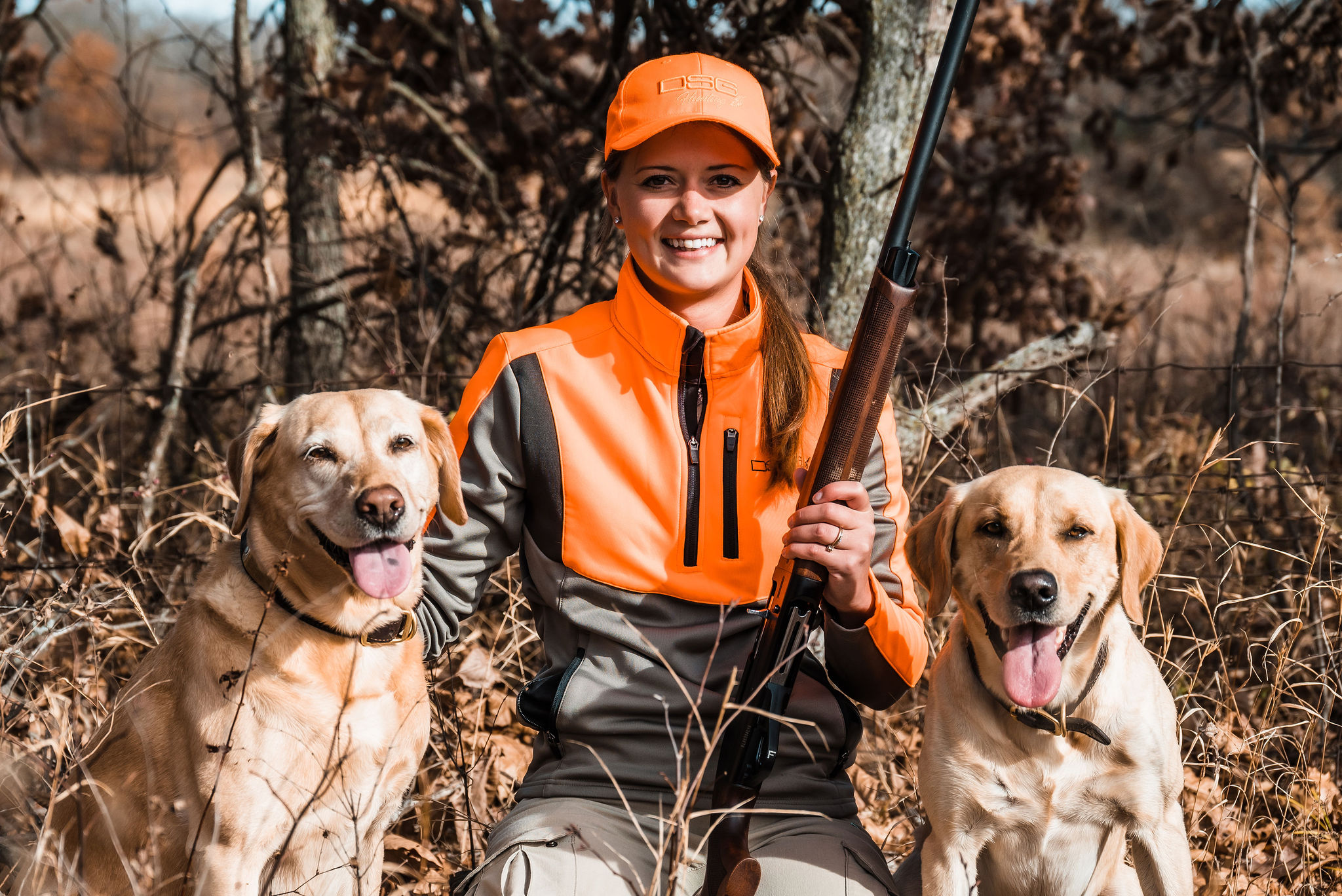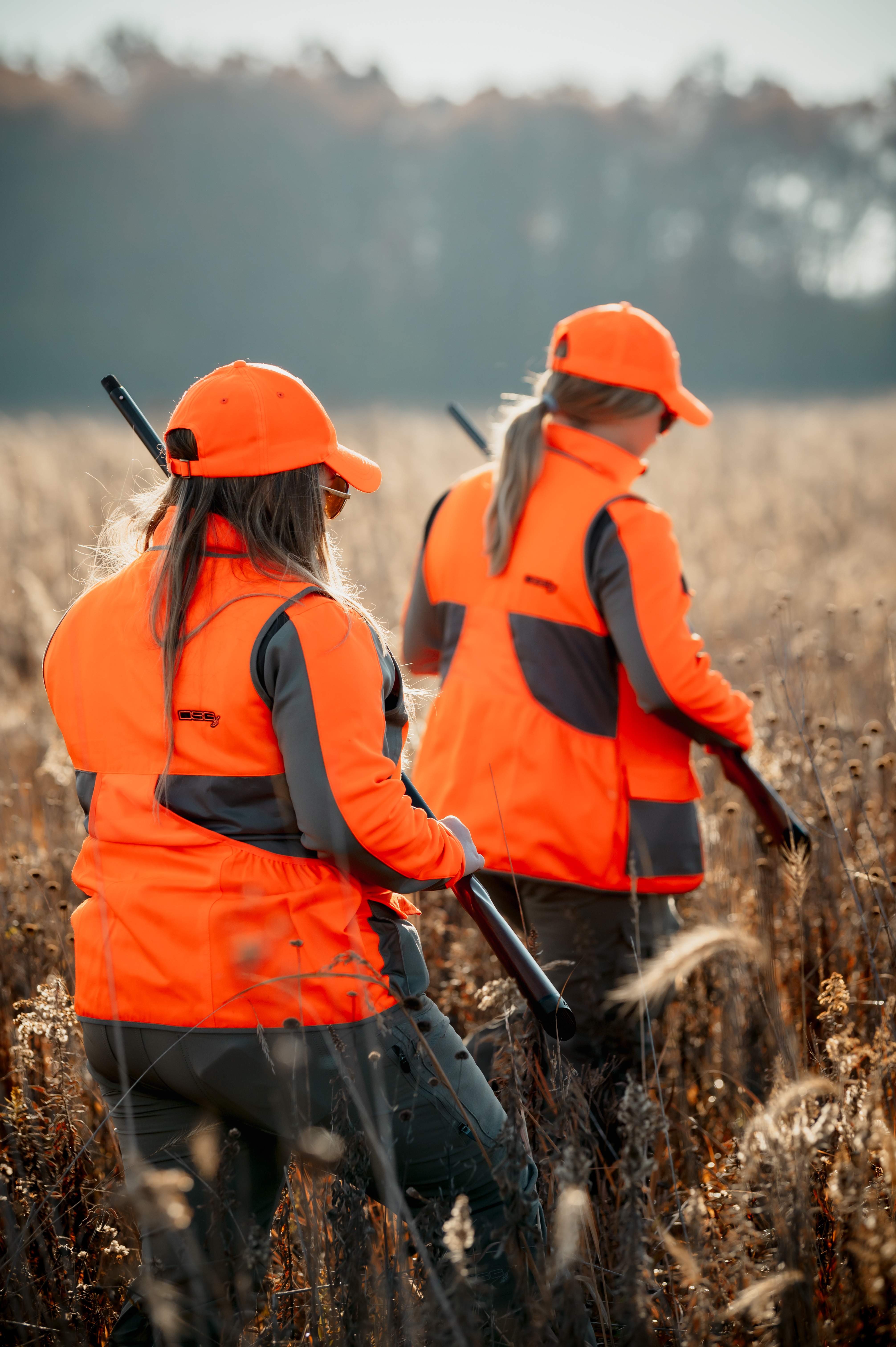How to Decipher Shotgun Shell Boxes
Posted by Samantha Simma on Dec 19th 2022
When you’re in the market for shotgun shells, it can be difficult to know which box to buy. Much of the confusion over shotgun shells stems from the various numbers on each box. Below, we’ll break down what each number means and why it’s important to know what they stand for.
For context, note that “shot” refers to the shell’s collective of spherical projectiles. Individually, these projectiles are called “pellets.” Meanwhile, some shotguns can fire a single projectile, called a ‘slug’.

Gauge
For safety reasons, two numbers on the box are essential to understand. Those numbers are the gauge and length of the shell. Gauge is the caliber of shotgun (versus handguns and rifles, which are expressed in hundredths or thousandths of an inch, or millimeters), and an antiquated term that equals the number of lead balls of that bore diameter that add up to weigh one pound. Therefore, a 12-gauge shotgun is the diameter of a ball of lead that weighs 1/12 of a pound. 12-gauge shotguns are the most popular, but there are also 10-, 16-, 20-, and 28-gauge guns on the market*. Identified on the gun’s barrel, the larger the gauge number, the smaller the shell’s diameter. You must buy the appropriate gauge of shells for your shotgun. Otherwise, using shells that don’t fit your gun can cause dangerous malfunctions. *Exception: .410 bore is a shotgun caliber measured in thousandths of an inch.
Length
Length of the shell is the second number that you must pay attention to if you’re to safely handle a shotgun, as it relates to the size of your gun’s chamber. The chamber will be a certain length—usually 2 ¾”, 3”, or 3 ½”—with a few outliers. Also stamped on the gun’s barrel or receiver, know that you can shoot a shorter shell in a longer chamber but not vice versa (you can’t jam a longer shell into a shorter chamber). Longer shells will have more shot inside, which is why 3 ½” shells are typically used for larger birds like turkey. If you’re just shooting clays, then a shorter shell (with less pellets) will suffice.

Speed
Some shotgun shell boxes will list the speed or velocity of the ammunition, expressed in feet per second (fps). The general rule of thumb is that the faster the shot leaves the barrel, the great the recoil and the harder the pellets will strike the target.
Weight
A shot’s weight is listed on the box in ounces. The difference in weight relates to your target. For example, lightweight 7/8 oz. and 1 oz. shells are well-suited for clay targets. Waterfowl or upland birds require heavier loads, and turkey hunters will use even heavier loads.
Shot Size
From small to large, the most common shot sizes range from No. 9 to BB. This size indicates the size of the individual pellets inside the shell, with a larger number indicating a smaller pellet. As a result, if the individual pellets are smaller, then more fit within the shell. In action, a No. 8 will be used for small game birds like dove or quail, while No. 1 will be used for ducks and geese. After No. 1, the shot size switches to letters (BB, BBB, T, etc). All of these shot sizes are called birdshot, because they’re commonly used for birds or clay targets. After that, even larger shot is called buckshot and is used for larger game.

Material
Material isn’t listed as a number, but it’s still something you should look at when debating on a box of shells. It details what the actual shot is made from. Lead is the most common but is illegal for hunting waterfowl. Some states have banned lead shot when hunting upland birds as well, due to environmental concerns. One of the concerns with lead shot is that waterfowl will consume spent pellets, leading to lead poisoning. Instead, waterfowl hunts use steel, bismuth, tungsten or other types of nontoxic shot.

